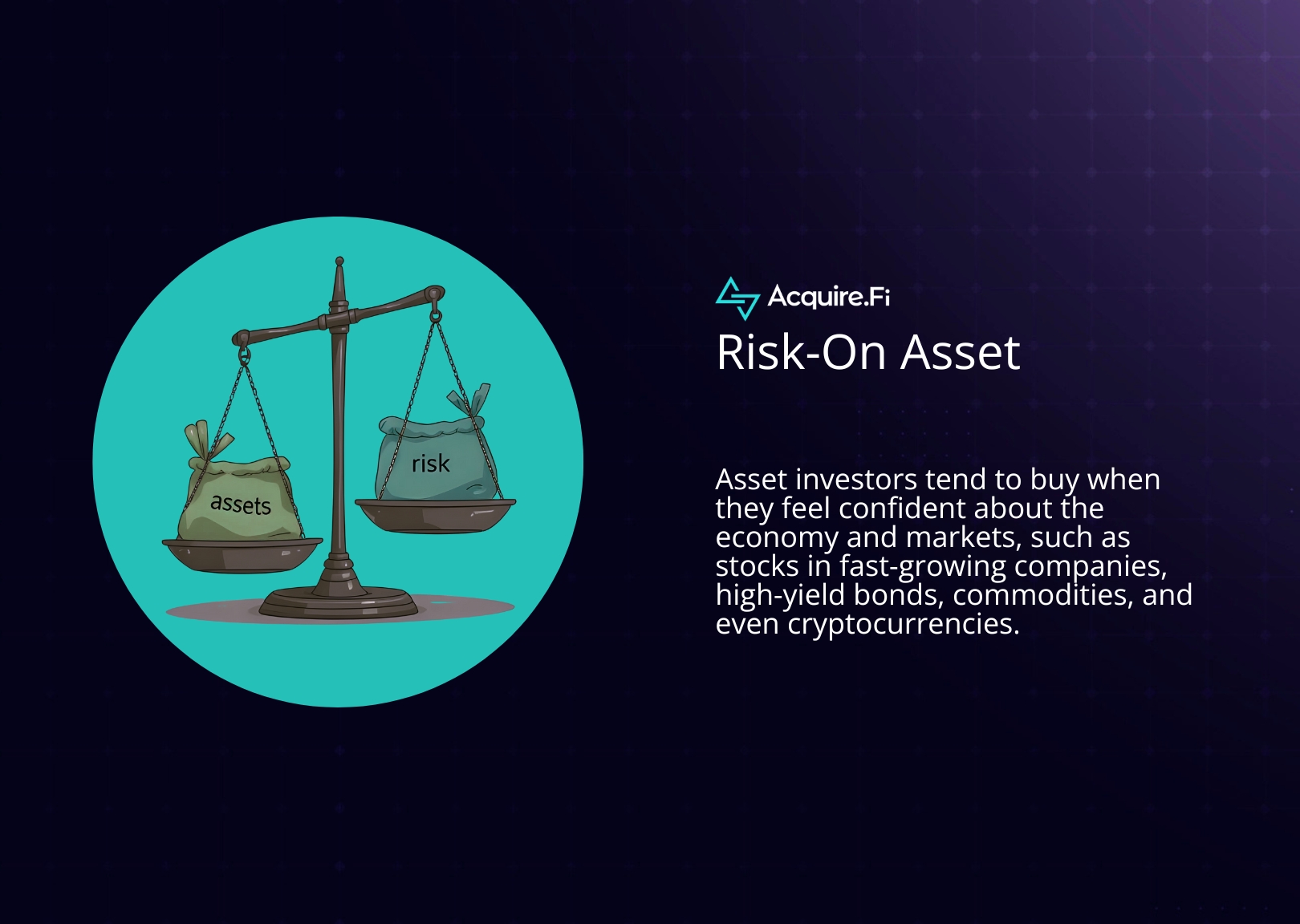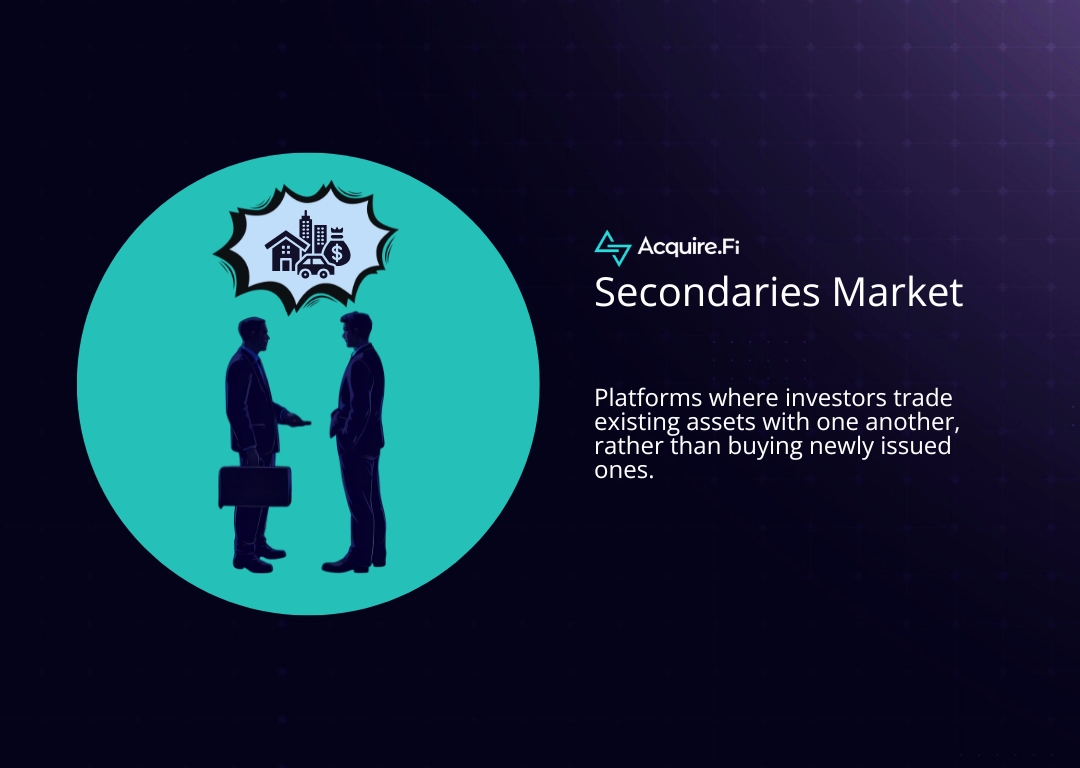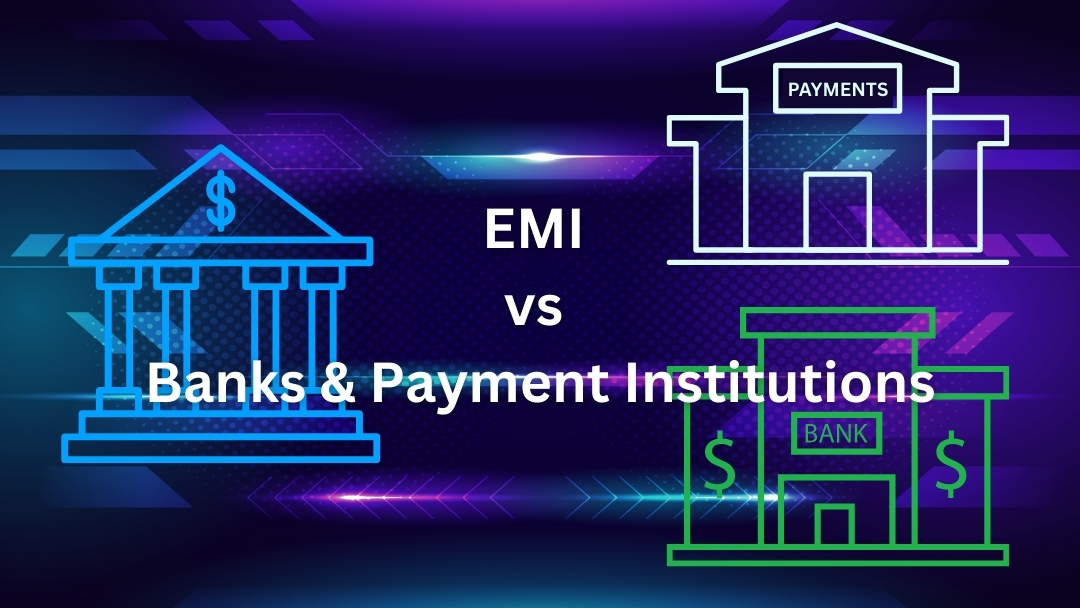
Types of Private Equity, Their Advantages, and Risks
Before we dive in, let’s first define what private equity is. Private equity is an umbrella term for funds that pool capital and invest in businesses outside of public markets. Investors commit money to a fund, the fund manager buys stakes in firms, and then works to grow value over a long horizon. Access is typically limited to accredited or institutional investors, the holdings remain illiquid for years, and fees and conflicts require careful disclosure in fund documents.
Keep that context in mind as we compare the 10 types of private equity and how they cater to different stages of business, risk profiles, and capital structures. Let’s start!
1. Leveraged Buyout Funds (LBO)
In a buyout fund, managers acquire controlling stakes in mature businesses with stable cash flows, then drive value through revenue growth and a sharper focus on core activities. Many transactions involve significant debt, which is why you often hear the term “LBO” (Leveraged Buyout).
Familiar names in LBOs include KKR, Blackstone, Carlyle, Apollo, Bain Capital, and TPG. Each firm has large flagship funds and sector teams that run focused theses.
Advantages: LBO fund managers can change the pricing, divest non-core assets, and optimize operations. Leverage can amplify equity returns when the business performs and debt is paid down. Exits are flexible, from sales to IPOs.
Risks: Leverage cuts both ways. A cyclical downturn or execution miss can strain cash flow and loan covenants. Concentration risk is higher because positions are larger, and the timing of deals matters.
2. Venture Capital Funds (VC)
Venture capital backs early-stage and fast-growing startups. Funds typically take minority stakes, sit on boards, and help founders with product strategy and go-to-market until a later exit, such as an IPO or acquisition. Think seed to Series C, with the expectation that a few winners drive most of the returns.
Sector specialization is common among VC funds. For example, Sequoia Capital and Andreessen Horowitz back various Web3, fintech, and consumer technology startups.
Advantages: Investors get exposure to innovation and the potential for significant upside if a company becomes a category leader. Diversification across many small positions helps spread the risk that any single startup fails. VC also provides investors with indirect access to cutting-edge sectors that aren’t yet publicly traded.
Risks: Outcomes are highly dispersed, with many companies never reaching scale, and holding periods can be lengthy. Capital calls and follow-on rounds can change your dilution and timing profile. Liquidity usually arrives only at exit.
3. Growth Equity Funds
Growth funds invest in companies that have progressed beyond the startup phase, achieved product-market fit, and require capital for expansion. Managers typically acquire minority stakes, negotiate governance protections, and concentrate on expanding sales, introducing new products, and entering new geographies, then exit via an IPO, sale to a strategic buyer, or sale to another sponsor.
Well-known growth investors include General Atlantic, Summit Partners, Insight Partners, TA Associates, and Warburg Pincus.
Advantages: Compared to VC, growth equity often carries less technology or market-fit risk, as the model is proven. Compared with buyouts, there is less balance-sheet leverage. Investors still target strong revenue compounding and multiple expansion.
Risks: Since investors lack complete control, execution ultimately rests with the founding team. If growth slows, there is less room to fix things through heavy restructuring. Minority protections help, but they don’t replace control.
4. Real Estate Private Equity (REPE)
REPE sponsors raise dedicated pools to acquire, reposition, develop, and sell residential and commercial properties. Strategies range from core and core-plus to value-add and opportunistic, each with distinct risk and return targets. Managers drive value by improving occupancy, resetting leases, redeveloping assets, and optimizing capital structures.
Firms like Blackstone Real Estate, Brookfield, Starwood Capital, and KKR Real Estate manage global portfolios that influence the pricing and standards for property operations. Their activity shapes local markets through development pipelines, refurbishment programs, and large-scale platform transactions.
Advantages: Investors can gain diversification from public markets, potential inflation protection as rents reset over time, and the use of prudent leverage to magnify returns.
Risks: Illiquidity, long hold periods, and the timing of capital calls and distributions can produce a J-curve and cash drag early in a fund’s life. Projects also face regulatory and environmental exposures, so rigorous due diligence and conservative underwriting are crucial.
5. Infrastructure
Infrastructure equity finances long-lived, capital-intensive assets that provide essential services. Typical sectors include utilities, transportation networks, energy generation and storage, midstream assets, and digital infrastructure such as towers and fiber. Revenues are often regulated or contracted for extended periods, resulting in stable, inflation-linked cash flows.
Advantages: Lower volatility, long-dated cash flows, and potential inflation linkage can make infrastructure a stabilizer within a private markets allocation. The sector can diversify away from traditional corporate risk.
Risks: The upside is usually capped compared to high-growth equities. Regulatory changes, construction risks for greenfield projects, and political risks for concessions require careful diligence.
6. Fund of Funds
Fund-of-funds vehicles invest in a diversified portfolio of private equity funds, rather than purchasing companies directly. This approach offers broad manager exposure, access to hard-to-reach funds, and smoother deployment across vintages, regions, and strategies. Drawbacks include an extra layer of fees and less control over look-through portfolio decisions.
Established platforms include HarbourVest, Pantheon, Adams Street Partners, StepStone, and AlpInvest. Many also run co-investment and secondary programs to fine-tune portfolio construction.
Advantages: Fund of funds deliver instant portfolio diversification and can open doors to oversubscribed top-quartile GPs through established relationships.
Risks: “Fees on fees” is the main tradeoff as management and performance charges at both layers compress net returns. Fund of funds investors also relinquish control over manager selection, face potential cash drag, and may encounter limited look-through and reporting lags that obscure risks.
7. Distressed Private Equity
A distressed private equity firm buys the debt of companies in or near default at steep discounts, then seeks gains through restructurings, exchanges, or bankruptcy outcomes. Some investors stay passive while others drive plans that swap debt for equity and take control.
Firms with deep experience include Oaktree, Apollo, Cerberus, and Lone Star. Returns depend on capital structure insight, speed of execution, and value-preserving operational plans.
Advantages: Investors can earn attractive returns if recovery values beat the purchase price. Debt sits above equity in the capital structure, which can mean better positioning in court-supervised processes.
Risks: Legal complexity, timing uncertainty, and headline risk are real. Recoveries depend on asset values, creditor negotiations, and macro conditions. Distressed windows can also be cyclical, so deal flow varies.
8. Secondaries
Secondary funds buy existing interests in private market funds or portfolios of direct company stakes. Sellers can be limited partners seeking liquidity or rebalancing, while general partners may run continuation vehicles to hold prized assets for an extended period. Benefits for buyers include accelerated deployment and near-term cash flows, while sellers gain faster liquidity without having to wait for final fund distributions.
Leading secondaries investment funds include Lexington Partners, Ardian, Coller Capital, and Blackstone Strategic Partners.
Advantages: Investors in the secondaries market can mitigate blind-pool risk by reviewing the portfolio before making a purchase. Entering later in a fund’s life can shorten the J-curve, and pricing can include discounts to net asset value during risk-off markets.
Risks: Overpaying for aging assets or underestimating remaining risks can lead to compressed ROI. Some GP-led processes concentrate exposure in a single company, which raises idiosyncratic risk.
9. Private Credit Funds
Private credit funds are non-bank lenders that originate loans, often secured and floating-rate, to small and midsize non-investment-grade companies. The return mix tilts toward contractual income rather than equity upside.
When it comes to the largest private credit funds, Blackstone Group, Goldman Sachs Asset Management, Apollo Global Management, and Ares Management stand out due to their sophisticated strategies and proven track records.
Advantages: Income can start right away, which reduces the J-curve. Seniority and collateral can improve downside protection compared with equity.
Risks: Credit cycles and rising rates can stress borrowers. These are illiquid loans, so exits rely on repayment or refinance. Covenant packages vary, which affects recovery if performance slips.
10. Impact Funds
An impact private equity targets measurable social or environmental outcomes alongside financial returns. Portfolios often include renewable energy, healthcare access, education technology, and sustainable agriculture, with managers tracking outcomes using standard frameworks.
Impact funds, such as Climate Capital and Better Ventures, support climate and frontier technologies and then exit via a sale to a strategic utility investor.
Advantages: Impact investors can align capital with a worthwhile mission while still aiming for market-rate returns. Policy tailwinds and shifting consumer preferences can support revenue growth in many impact themes.
Risks: Measuring impact with rigor requires effort, and trade-offs can arise between the speed of growth and the depth of impact. Some segments depend on subsidies or regulation, which can change.
Final pointers before you jump in
While each PE type offers different advantages and risks, their fund structure and investor eligibility are similar. Most funds accept only accredited or institutional investors, require long holding periods, and limit redemptions. Make sure you understand illiquidity, fees, and conflicts in offering documents before committing.












.webp)